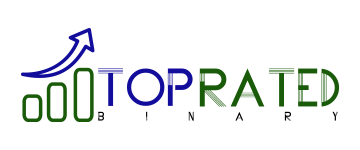Inflation is a very important concept in the world of finance. In this article we’re going to talk about the kinds of inflation and its effects.
Defining Inflation
Inflation is the quantitative measure of rate at which the average price level of a basket of selected goods and services in an economy increases over a period of time.
Inflation is often expressed as a percentage, and it dictates the decrease in the purchasing power of a nation’s currency. As prices increase, they start to affect the general cost of living for the common public and the appropriate monetary authority of the country, like its central bank, then takes the necessary move within reasonable limits and keeps the economy running smoothly.
Causes of Inflation
Price increase is the root of inflation, although it can be attributed to different factors. In terms of the causes inflation is classified into three kinds: demand-pull inflation, cost-push inflation, and built-in inflation.
Demand-Pull Inflation
Demand-pull inflation happens when the overall demand for goods and services in an economy increases more quickly than the economy’s production capacity. It creates a demand-supply gap with higher demand and lower supply, which leads in higher prices.
In addition, increases in the money supply in an industry also lead to inflation. With more money available to the individuals, the positive consumer sentiment leads to higher spending. This increases the demand and leads to an increase in price.
Cost-Push Inflation
Cost-push inflation is the result of the increase in the prices of production process inputs. Examples of this include the increase in labor costs to manufacture a good or offer a service, or increase in the cost of raw material. These developments lead to higher cost for the finished product or service, and contribute to inflation.
Built-In Inflation
Built-in inflation is the third cause that has something to do with adaptive expectations. As the price of goods and services rises, labor expects and demands more costs/wages to maintain their cost of living. Their increased wages lead to higher costs of goods and services, and the spiral continues as one factor triggers the other and vice versa.
Effects of Inflation
Inflation is both good and bad and it really depends on which side you are.
For instance, individuals with tangible assets such as property or stocked commodities may like to see some inflation as it raises the value of their assets which they can sell at a higher rate. On the other hand, the buyers of such assets may not be happy with inflation since they will be required to whip out more money.
People who are holding cold cash may not also like inflation, since it erodes the value of their cash holdings. Inflation promotes investments, both by businesses in projects and by individuals in stocks of companies, as they expect better returns than inflation.
On the other hand, an optimum level of inflation is required to promoted spending to a certain extent rather than saving. If the purchasing power of the money stays the same over the years, there may be no difference in saving or spending it.

